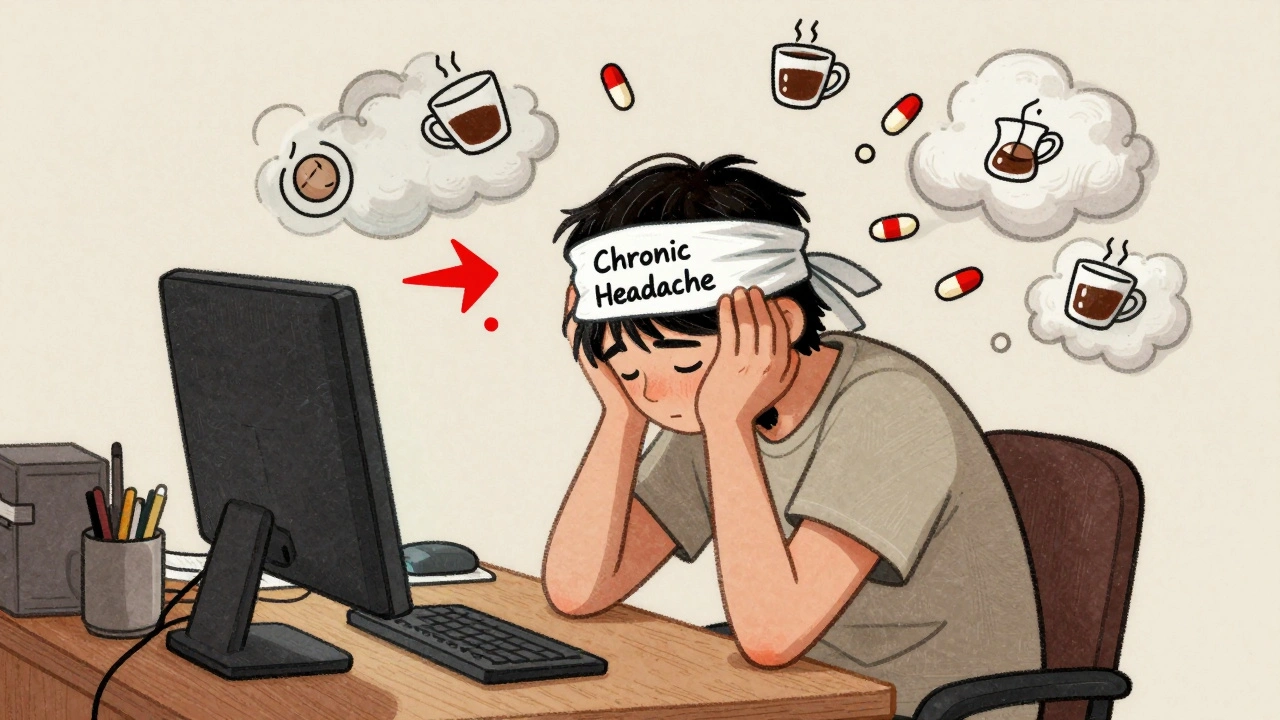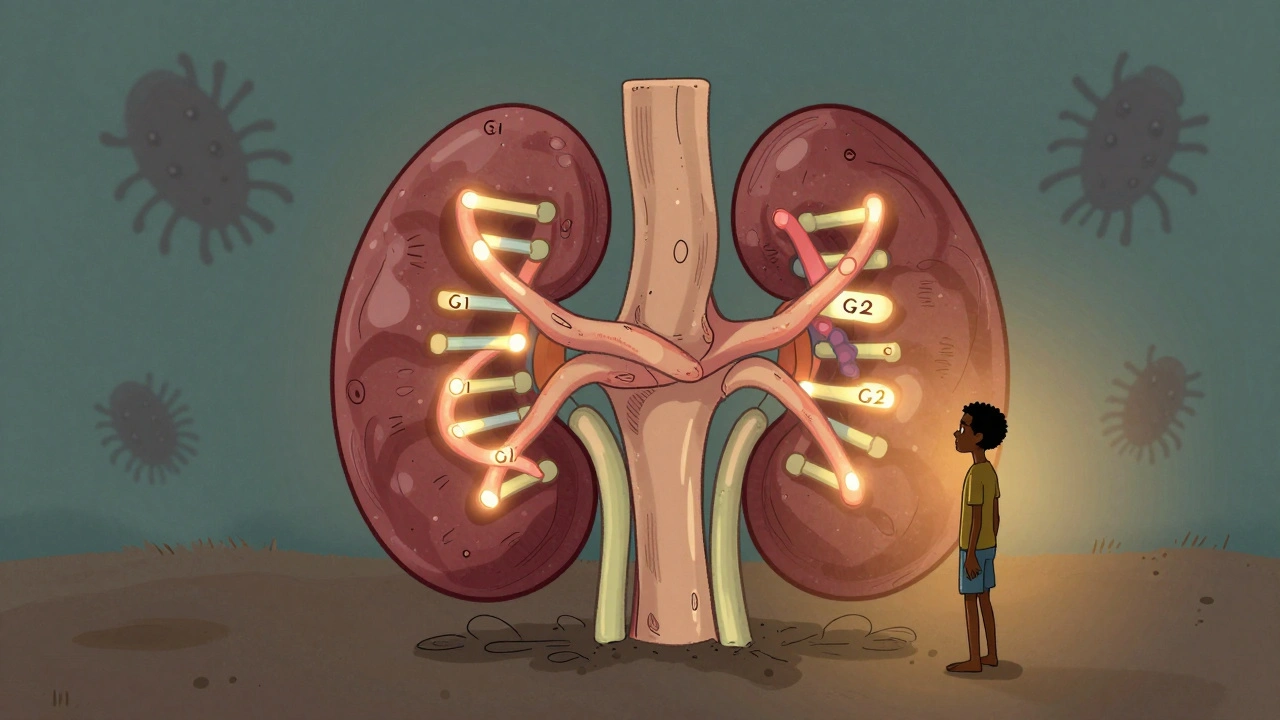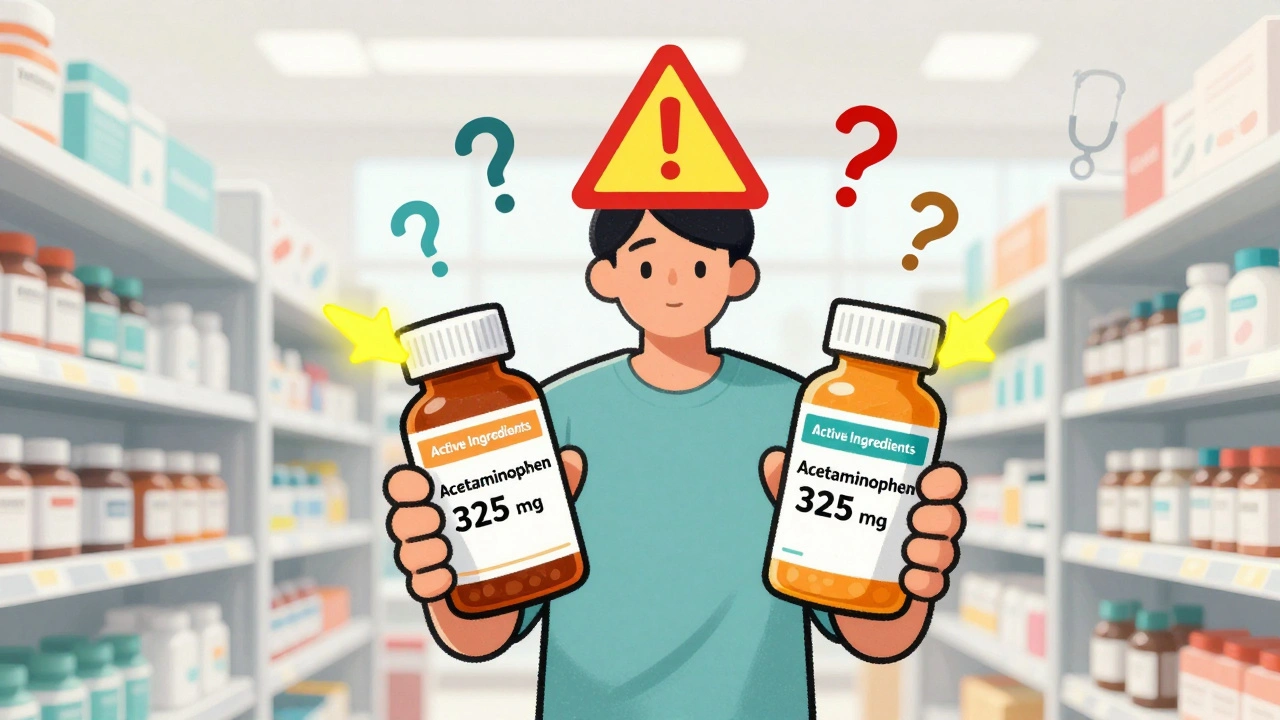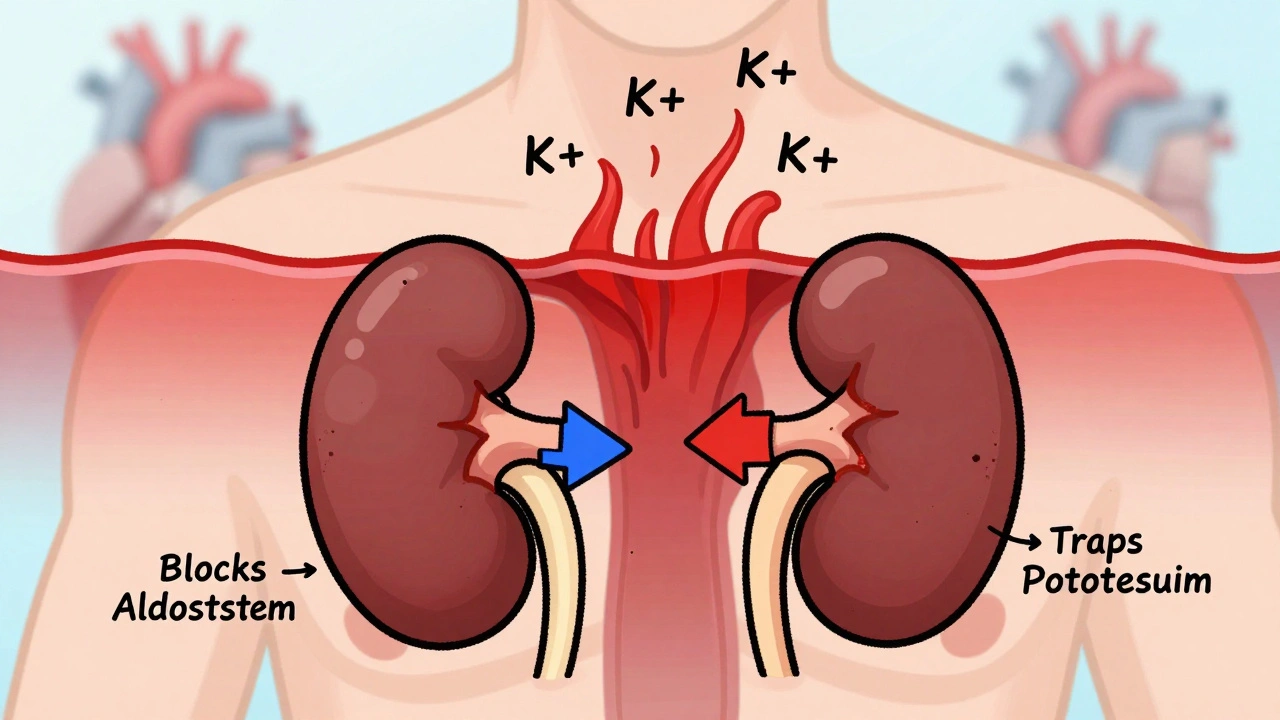Lanoxin alternatives: safer options for heart health
When discussing Lanoxin alternatives, medications that can replace Lanoxin (digoxin) for managing heart failure and atrial fibrillation. Also known as digoxin substitutes, they provide different mechanisms and side‑effect profiles.
If you’re hunting for Lanoxin alternatives, start by understanding why doctors look beyond the classic cardiac glycoside. Lanoxin works by boosting the force of heart muscle contraction, but its narrow therapeutic window can cause nausea, vision changes, or dangerous arrhythmias. Many patients experience these issues, prompting clinicians to consider drugs that control rate, improve remodeling, or lower blood pressure without the same toxicity risk.
Key drug groups that often replace Lanoxin
One major category is beta‑blockers, agents that slow heart rate and reduce oxygen demand. They are widely used in atrial fibrillation and chronic heart failure because they tame the sympathetic surge that can worsen symptoms. Another group is calcium‑channel blockers, drugs that relax the heart’s electrical pathways and improve ventricular filling. In patients who can’t tolerate beta‑blockers, a calcium‑channel blocker like diltiazem often steps in.
Renin‑angiotensin system inhibitors also rank high on the alternative list. ACE inhibitors, medicines that lower blood pressure and limit harmful heart‑remodeling, have solid evidence for reducing mortality in systolic heart failure. When ACE inhibitors aren’t tolerated, ARBs, angiotensin‑II receptor blockers, provide a similar benefit with fewer cough side‑effects.
For patients with persistent symptoms despite these agents, newer options appear. SGLT2 inhibitors, originally diabetes drugs that now improve heart failure outcomes, have become a cornerstone of therapy. They work by promoting natriuresis and improving cardiac metabolism, offering a completely different pathway from digoxin.
Choosing the right Lanoxin alternative depends on three factors: the underlying rhythm problem, the severity of heart failure, and individual tolerance. Atrial fibrillation with rapid ventricular response often calls for a rate‑controlling beta‑blocker or a calcium‑channel blocker. Systolic heart failure with reduced ejection fraction usually benefits from ACE inhibitors, ARBs, and now SGLT2 inhibitors. When patients have both rhythm and pump issues, clinicians may layer a beta‑blocker with an ACE inhibitor and add an SGLT2 inhibitor for maximal protection.
In practice, the decision tree looks like this: Lanoxin alternatives encompass drugs that either slow the heart (beta‑blockers, calcium‑channel blockers) or reshape the heart’s workload (ACE inhibitors, ARBs, SGLT2 inhibitors). Digoxin’s unique inotropic boost is rarely needed if these newer agents are optimized. By understanding how each class works, you can ask your doctor about a personalized plan that avoids the narrow safety margin of Lanoxin while still keeping your heart on track.
Below you’ll find a curated list of articles that dig deeper into each alternative, compare side‑effect profiles, and explain when a switch makes sense. Use them as a toolbox to discuss your options with your healthcare provider and make an informed choice.

Lanoxin vs Other Heart Medications: Digoxin Comparison Guide
Explore how Lanoxin (digoxin) stacks up against beta‑blockers, ACE inhibitors, calcium‑channel blockers, and newer heart‑failure drugs. Get clear criteria, safety tips, and a handy comparison table.





